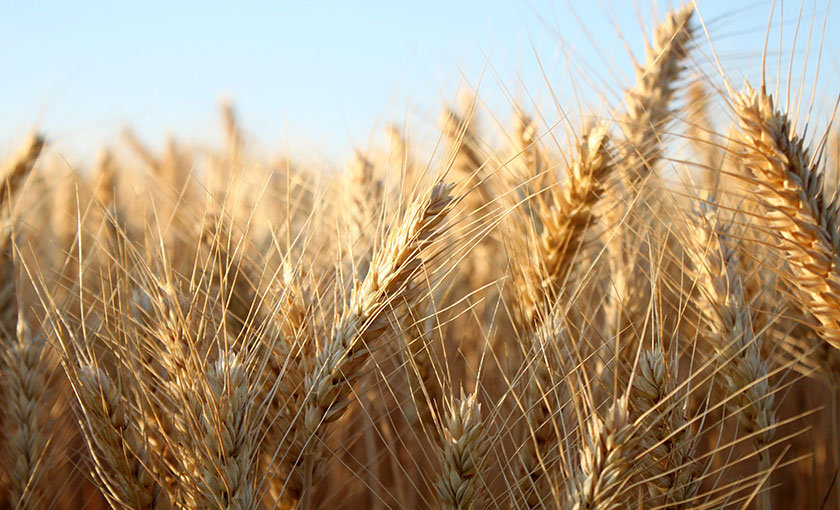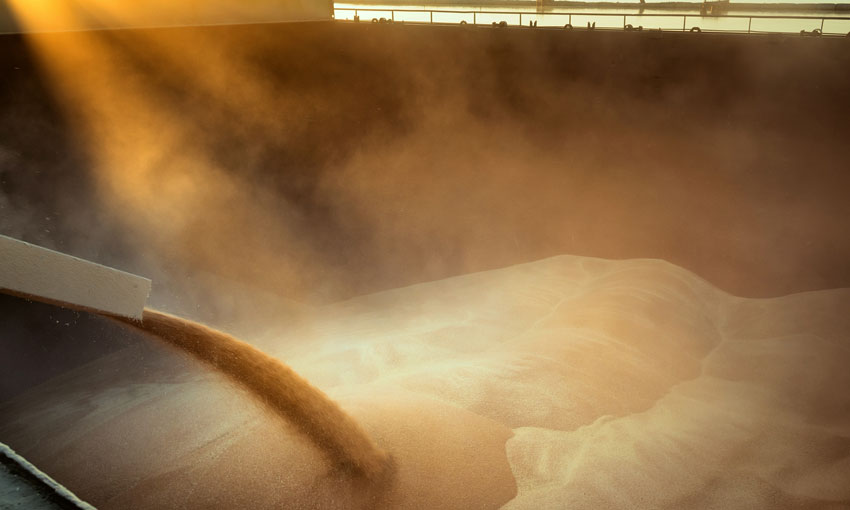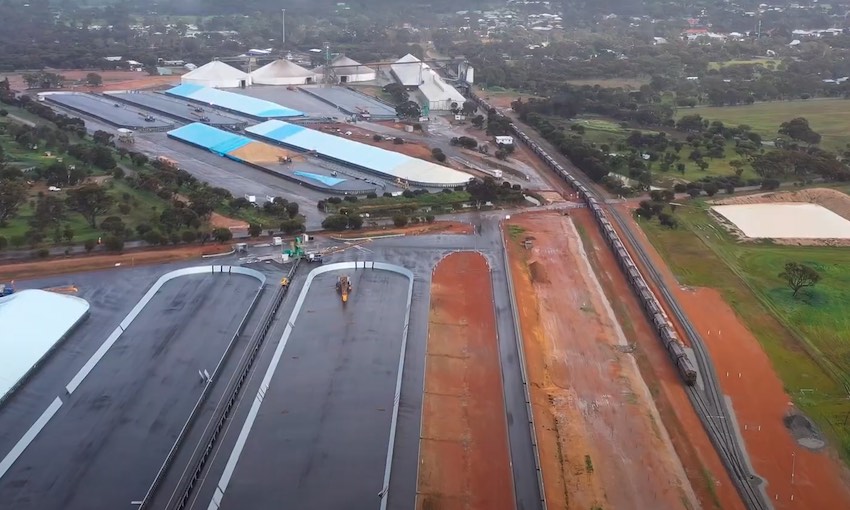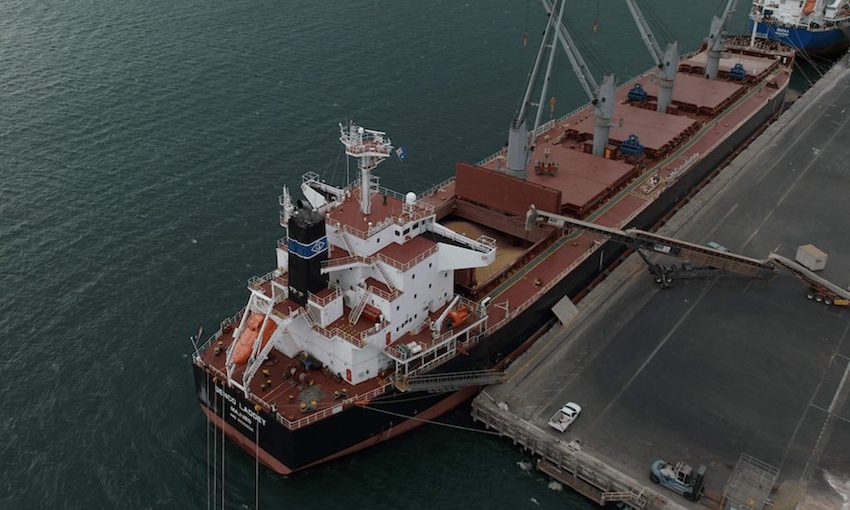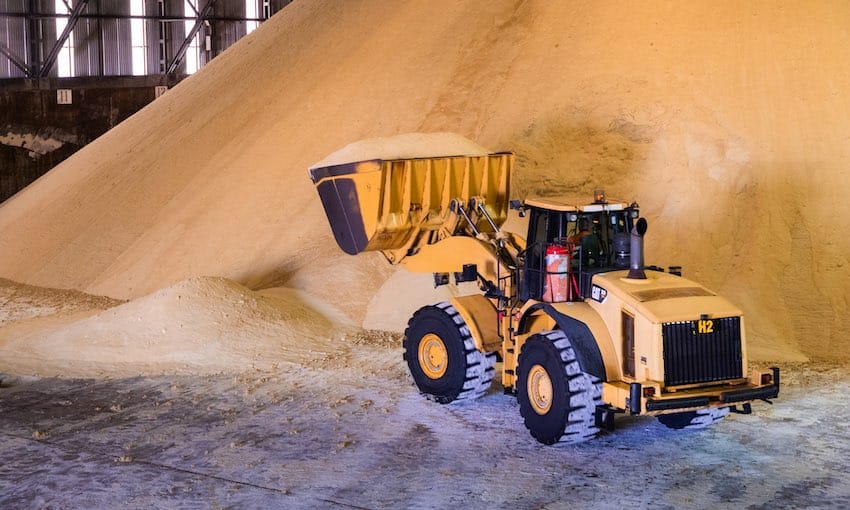T-PORTS’ new grain bunker facility received its first loads of barley in recent weeks.
The facility is located at Kimba on the upper Eyre Peninsula, and the company said it represents the largest investment in the area’s grain supply chain for nearly 25 years.
The first load of barley was delivered by Karawatha Park, followed by business partner Wattle Grove Eucalyptus, Buckleboo, on Sunday 31 October.
T-Ports chief executive officer Kieran Carvill said the company was pleased to be able to offer extra storage capacity this year.
“Competition has delivered growers in the T-Ports catchment zone benefits estimated to be more than $30 million over the past two years,” he said.
“From recognising the ongoing strong support and starting construction, to now receive the first loads, is an outstanding achievement.”
Mr Carvill said the company had also received the first loads into its newly expanded Lock site.
“With at least five traders now purchasing grain at T-Ports sites, growers are well placed to reap the benefits of increased competition.”
Karawatha Park’s Dion Woolford said the changes due to competition had been significant.
“The change with T-Ports being on the scene is certainly significant; pricing has been heavily influenced by more competition, not just here, but down south and a long way west too,” he said.
Mr Carvill said there had been a significant shift in the supply chain landscape for EP growers and particularly in terms of grain marketing options.
He said the introduction of T-Ports in 2019 had delivered increased prices versus Port Adelaide within the catchment zone, freight savings and grain upgrades through active binning.
“Some traders who had all but pulled out of the EP market have returned since T-Ports has provided alternative market access,” he said.
“T-Ports has brought marketing competition back to the Eyre Peninsula and we want growers to assess the difference this has made to their bottom line.
“We’ve also got more liquidity now in this system and we’ve brought market players back into the EP because of the competition in the supply chain.
“You only have to look at the prices that are being paid to growers on the lower Eyre Peninsula or on the other side of the gulf outside of the T-Ports catchment area to see the big premiums that are now being offered to growers within the catchment.”
Mr Carvill said T-Ports was aware of the talk of other off-market incentives being offered to growers, however, he encouraged growers to carefully assess the benefits they have received through the introduction of competition before making selling decisions.
“We would ask growers to look at the price differences that are taking place through competition and to reflect on how they’re going to support that competition moving forward so they can continue to benefit from the rewards on offer,” he said.
“We encourage growers to look beyond one day’s cash pricing and consider supporting competition to harvest benefits long into the future.”

